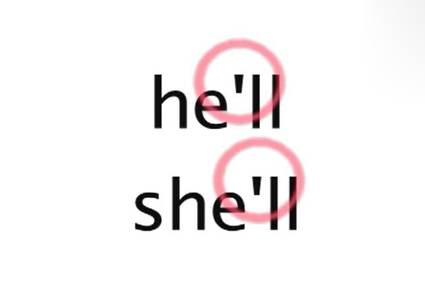I recently had a chance to visit California Adventures, a theme park owned by The Walt Disney Company and uniquely situated only in Los Angeles. Not surprisingly, the park is divided into five areas, each reflecting the landmarks, culture, and history of the state of California. However, while the park cannot be found anywhere else in the world, the rides at the Hollywood Pictures Backlot area could be found within Disney’s Hollywood Studios in Miami, Florida.

Besides Hollywood, the state of California is also known for its year-long sunshine and moderate climate, natural parks and hiking spots, and an extensive coastline. These are represented by the three areas “Sunshine Plaza”, “Golden State”, and “Paradise Pier”, respectively. In the ride “Soarin’ Over California”, you are able to fly over these various landmarks on a simulated hang glider tour, equipped with special effects such as sound and smell! In addition, as bugs are feared by many children, “a bug’s land” is a kid’s paradise with rides and a show giving kids a perspective of the world from the eyes of a bug. This part of the park is actually quite cute, with a train ride through blown-up versions of a watermelon and a garden bed to a 3-D show with animated talking bugs!
My personal favorite ride is the Toy Story Midway Mania, an interactive 4-D ride allowing you to try your luck at shooting targets on a screen. If you have seen the cartoon, you must remember Mr. Potato Head, a toy that transcends generations and a ‘must-have’ for any American child.

As the boom of California could be attributed to its suitable climate for the growth of oranges, a huge replica of an orange is situated in the middle of the park! The “Orange Stinger” is a ride with swings. Unfortunately, it will soon be replaced by another ride sometime this year.

Now, isn’t this statue of a grizzly bear a bit intimidating? Towering above the “Grizzly River Run”, a ride replicating the extreme sport of whitewater rafting, this grizzly bear is dressed in vest and helmet, all ready for the ride!

A bear is also crafted on Grizzly Peak! Can you pick out the shape of a bear?

And, lastly- California’s Hollywood has always been a wonder of fame and creativity, the essence of Disney itself. At the “Hollywood Pictures Backlot”, “Muppet Vision 3D” is a three-dimensional show giving a made-up behind-the-scenes glimpse of movie production. How about Miss Piggy as Lady Liberty? Isn’t that creative or what?!

——————————————————————–
Word list
(International Phonetic Alphabet included, following the pronunciation of American English)
animated (adj) /’ænImeItId/- describes drawing, movies, figures which are lively or cartoon with characters which appear to be alive
attributed to (phrasal verb) /ə’trIbyutId tuw/ – result of, causes
behind-the-scenes (adj) /bI’haInd ðə siyns/ – not happening in public, happening without others knowing
boom (n) /buwm/- a period of sudden growth
bug (n) /bʌg/- a small insect
coastline (n) /’koʊst,laIn/- where the ocean meets a land form
crafted (v) /’kræftId/ – manufactured
creativity (n) /krieI’tIvəti/ – originality, imagination
essence (n) /’esənts/ – an important quality
extensive (adj) /Ik’stensIv/ – covering a large area
fame (n) /feim/ – recognition due to achievements or skills
garden bed (n) /’gardən bed/ – an area of a garden where flowers are planted, also called flower bed
glimpse (n) /glImps/ – a sight lasting for a short time, a glance
grizzly bear (n) /,grIzli’ber/- a large grayish brown bear from North America and Canada
hang-glider (n) /’hæŋ,glaIdər/- a large kite-like machine without an engine where a rider hangs from while it descends to the ground
interactive (adj) /,Intər’æktIv/- a system or program that involves the user (i.e. game or computer)
Lady Liberty (n) /’leIdi ’lIbərti/- another name for the Statue of Liberty
made-up (adj) /,meId’ʌp/ -invented, created
Miss Piggy (n) /mIs ’pIgi/- a character in The Muppet Show produced by Jim Henson
moderate (adj) /’mɔdərət/ – average, not extreme
must-have (n) /’mʌst ,hæv/- something that one must possess or have (informal usage)
perspective (n) /pər’spektIv/ – view, a way of looking at or considering something
reflecting (v) /rI’flektIŋ/ – representing, expressing, exemplifying
replica (n) /’replIkə/ – a copy of something
replicating (v) /’replIkeItIŋ/ -copying something
simulated (adj) /’sImyʊleItId/- looks real but is not real
statue (n) /’stætʃu/ – object made from stone or metal to look like a person or animal
target (n) /’targIt/ – object that is fired at or shot at
transcend (v) /træn’send/- to go beyond
whitewater rafting (n) /’waItwatər ’ræftIŋ/ – a sport or activity where a raft moves quickly through strong river currents




 Posted by Alice
Posted by Alice 











